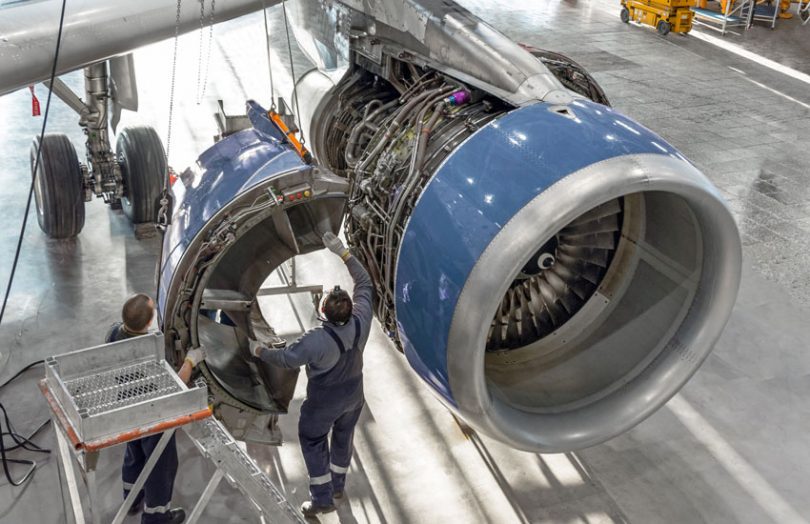Have you ever wondered what makes a Pelican case so amazing? While there are quite a few ingredients that go into that recipe of awesomeness, one of the most significant is the intense testing process each case must endure. One of our favorites, the Drop Test, is featured in this video, which was shot on location in the testing lab in Deerfield, Massachusetts.
The Drop Test: Why It’s Important
The drop test, also called the G-force shock test, ensures that whatever is inside the case will remain safe, sound and undisturbed no matter the outside conditions. If you’re shipping highly valuable and fragile cargo, this is a pretty important thing. And if you’re shipping potentially volatile stuff, this can mean the difference between life and death.
As shown in the video, during the drop test, the case is rigged with internal sensors that allow the team to measure the G forces inside. These sensors are attached to a weighted block called a test load, which is specially designed to mimic the dimensions and weight of the real cargo the case will carry. Then, the case is dropped on its sides, edges and corners to measure the potential impact for various scenarios. The most common drop height is 48 inches, which is about the height of a loading dock or truck bed. But tests can be much higher. For example, a case used to drop emergency relief supplies might be tested from as high as 24 feet.
If you enjoyed this video, hop over to our Video Library and watch lots more Pelican Case tests in action!
Also, learn more about Pelican Cases on these pages:
Success Stories: Safe Transport of Chemical Gas Masks


